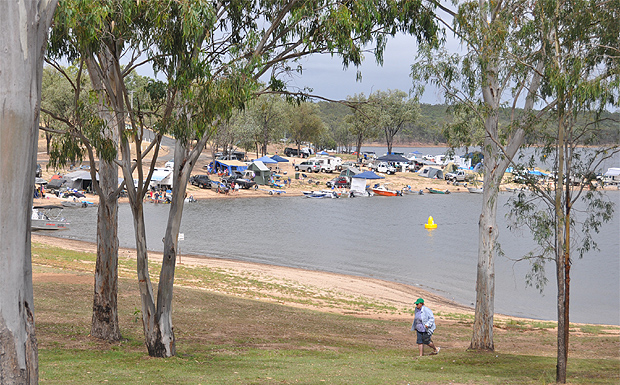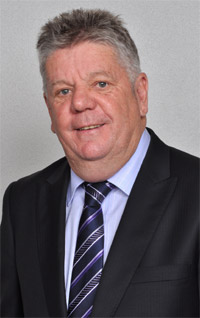

June 30, 2014
People who use the Proston Rural Water Supply Scheme may soon carry the full operating costs of the scheme if a proposal to separate it from the rest of the region’s water supply scheme “pool” is accepted.
Mayor Wayne Kratzmann said today Council has been having discussions with the scheme’s users and he expected an outcome soon.
The scheme was built by Sunwater in the 1980s to supply farming properties in the Proston area with non-potable water for use in cattle, dairying and pig production.
It was taken over by the former Wondai Shire Council in February 1993, then by the South Burnett Regional Council in 2008.
Soon after the council mergers, the South Burnett Regional Council decided to pool all the region’s water supply schemes to standardise water supply charges.
To encourage water conservation, Council also introduced a “tiered” fee structure where prices rose in step with consumption (ie the higher the water use, the higher the charges).
This pooling worked to the advantage of smaller areas, who were effectively subsidised by bigger towns such as Kingaroy and Nanango.
But Proston Rural Supply users felt they were being penalised instead.
Not only was their water of lower quality – the scheme’s water doesn’t pass through a water treatment plant – but the highest demand occurs whenever the area is hit by drought and scheme users are least able to pay higher consumption charges.
Mayor Kratzmann said today the the majority of water users in the regional “pool” (which includes Blackbutt, Nanango, Kingaroy, Wondai, Murgon and Proston Residential) were residential properties; Proston Rural users were not.
All other schemes also had their water supplies pass through water treatment plants to produce potable water; Proston Rural did not.
After an approach by users, Council is now considering separating Proston Rural from the region’s water pool.
If this happens, the Rural Water Supply Scheme will have a different charging structure which will allow users higher consumption levels at lower rates.
In return, users would agree to carry the costs of maintaining the scheme as they would receive no subsidies from the other schemes in the residential pool.
This cost would be included in the scheme’s water supply charges.
Mayor Kratzmann said the arrangement would reflect the special needs of farms accessing the rural water supply scheme without negatively affecting users of the six residential schemes that would remain in the pool.























